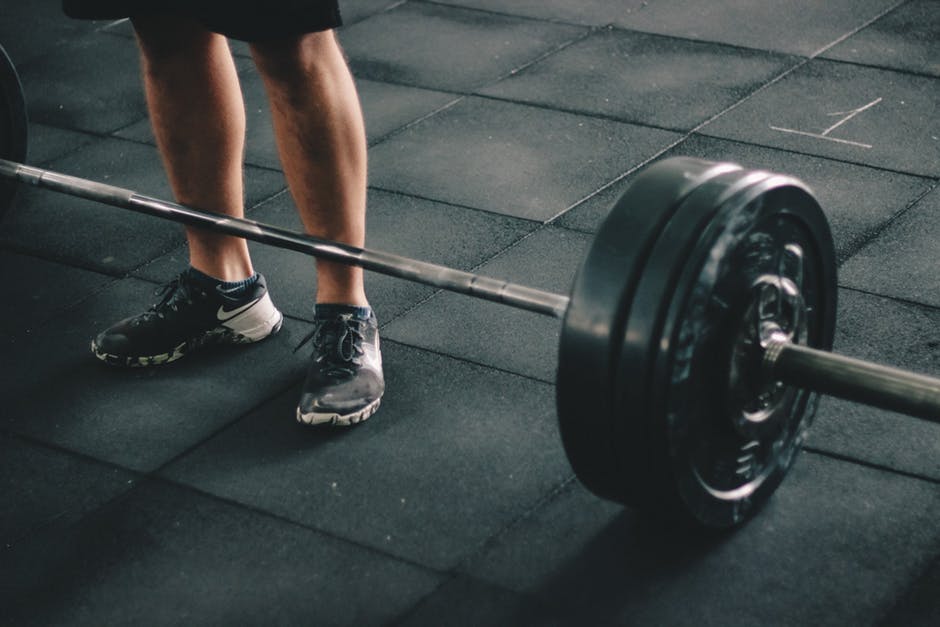Jan 11, 2018Olympic Value
There is a reason why Olympic-style lifts, such as the snatch, clean, jerk, as well as their variations, have become so popular among athletes. But not everybody understands the true value of these exercises. Antonio Squillante of EliteFTS explains why Olympic-style weightlifting should be part of every strength and conditioning program.
Based on a number of academic studies, Squillante argues that Olympic lifts provide a versatile and effective way to train athletes. The core exercises include the snatch, clean, and jerk, but there are also many other derivatives, such as extensions and pulls. The basic principle is that all these movements help improve performance by getting athletes to increase the amount of force they can generate against the ground. This is relevant for all types of sports-related activities, from running and jumping to changing direction and throwing.
According to Squillante, these lifts are easily adaptable to the needs of each sport.
“Despite the numerous similarities between full lifts, pulls, and extensions, the kinematic profile associated with different variations of Olympic-style weightlifting exercises allows for a more rational, sport-by-sport selection of these movements based on specificity,” he writes.
For example, this means that track and field athletes should perform full snatches, power snatches, hang snatches, and pulls, as these exercises will help improve linear speed, change of direction, and quickness. This is also the case for most athletes who compete on a field or court, such as soccer, lacrosse, and basketball players.
For athletes competing in a more contact based sport, such as football and wrestling, cleans, jerks, and extensions are especially effective. These movements focus more on building overall strength and power, which will prepare the athletes for the physical nature of their sport. Similarly, for throwers, sprinters, and jumpers, perfecting these movements in the weight room can give them the strength they need to perform at a high level.
Squillante recommends looking at Dr. T.J. Suchomel’s theoretical model, which provides guidelines for selecting the best Olympic-style exercises for different athletes. There are also a number of other resources to help you incorporate Olympic-style lifts into your strength and conditioning program. Squillante refers to the popular book Managing the Training of Weightlifters by Nikolai Petrovich Laputin and Valentin Girgoryevich Oleshko. Even though this was originally written for competitive weightlifters, it provides a comprehensive guide for using these same exercises with your athletes.
Overall, Squillante argues that Olympic-style lifts provide a proven way to bolster athletic performance, no matter the sport.
“By teaching young athletes how to snatch, clean, and jerk, it is possible to provide them the necessary skills to improve performance on the field and on the court of play,” he writes. “As strength improves, so does the ability to sprint faster, jump higher, and lift heavier weights overhead. It is a trend that continues among professional athletes that by implementing Olympic-style weightlifting exercises alongside squat (and its many variations), presses, pulls, and plyometric drills in a year-round, well-rounded strength and conditioning program, it is possible to develop faster, stronger and more powerful athletes than ever, prompting positive transfer of training between the weight room and the field of play.”




